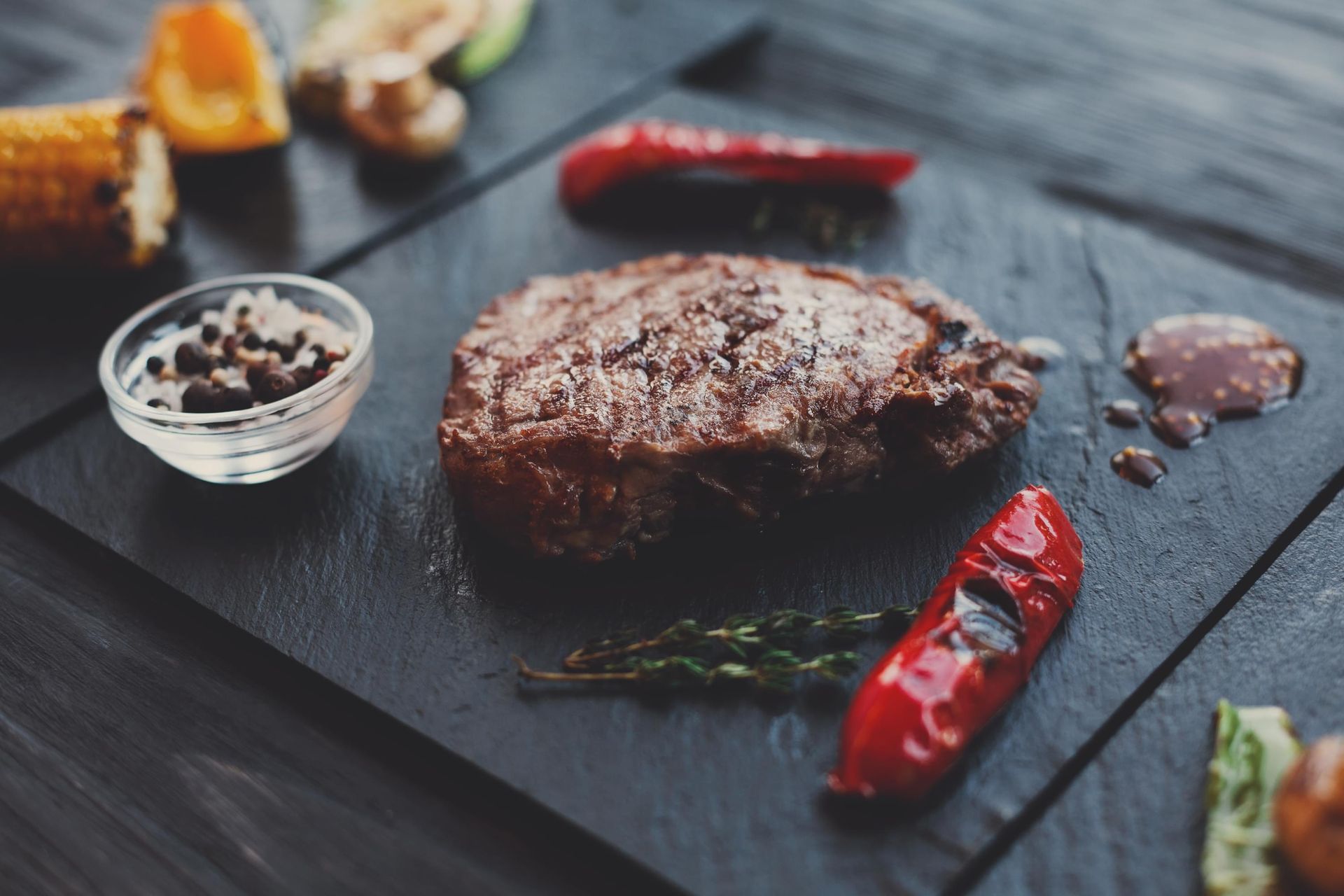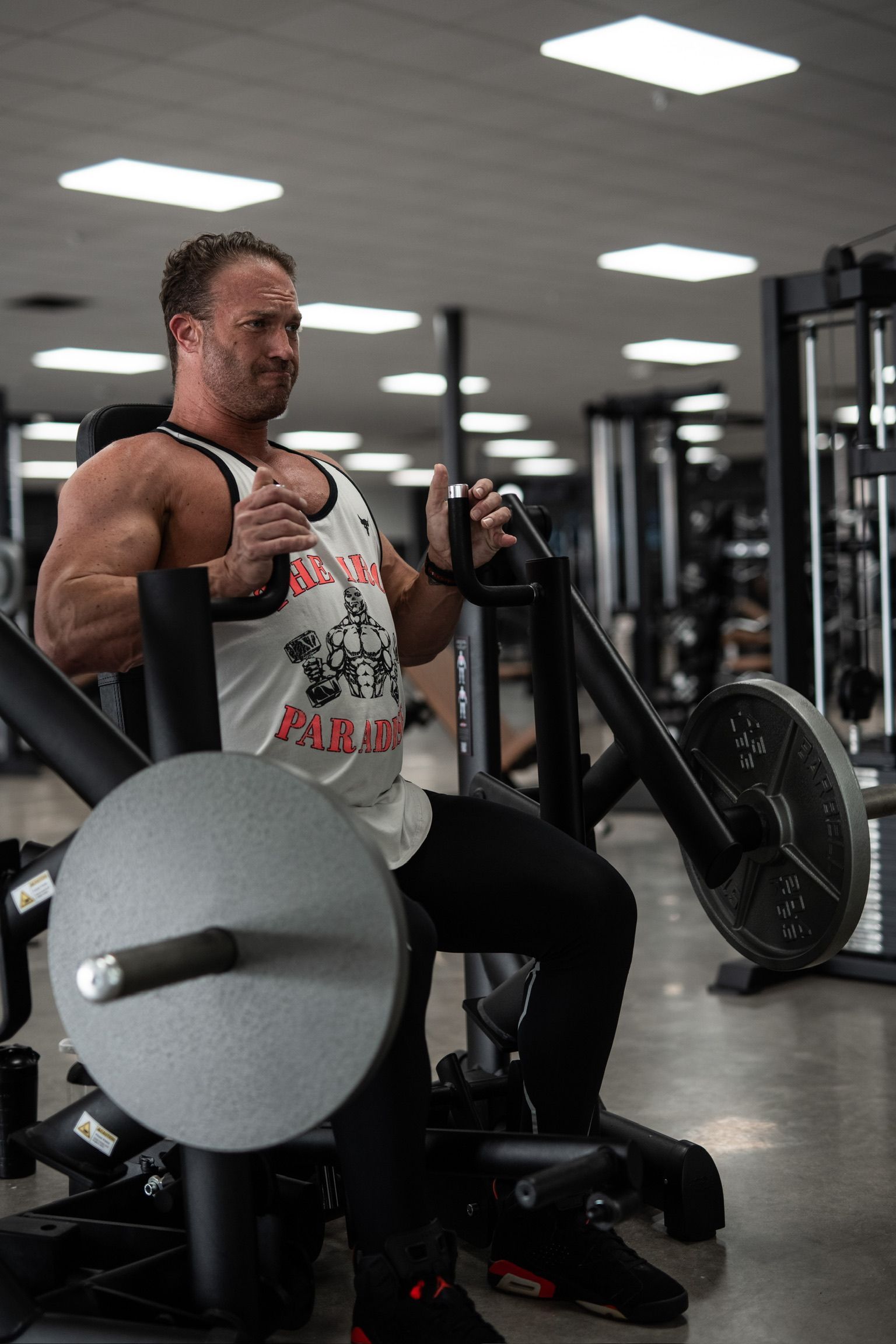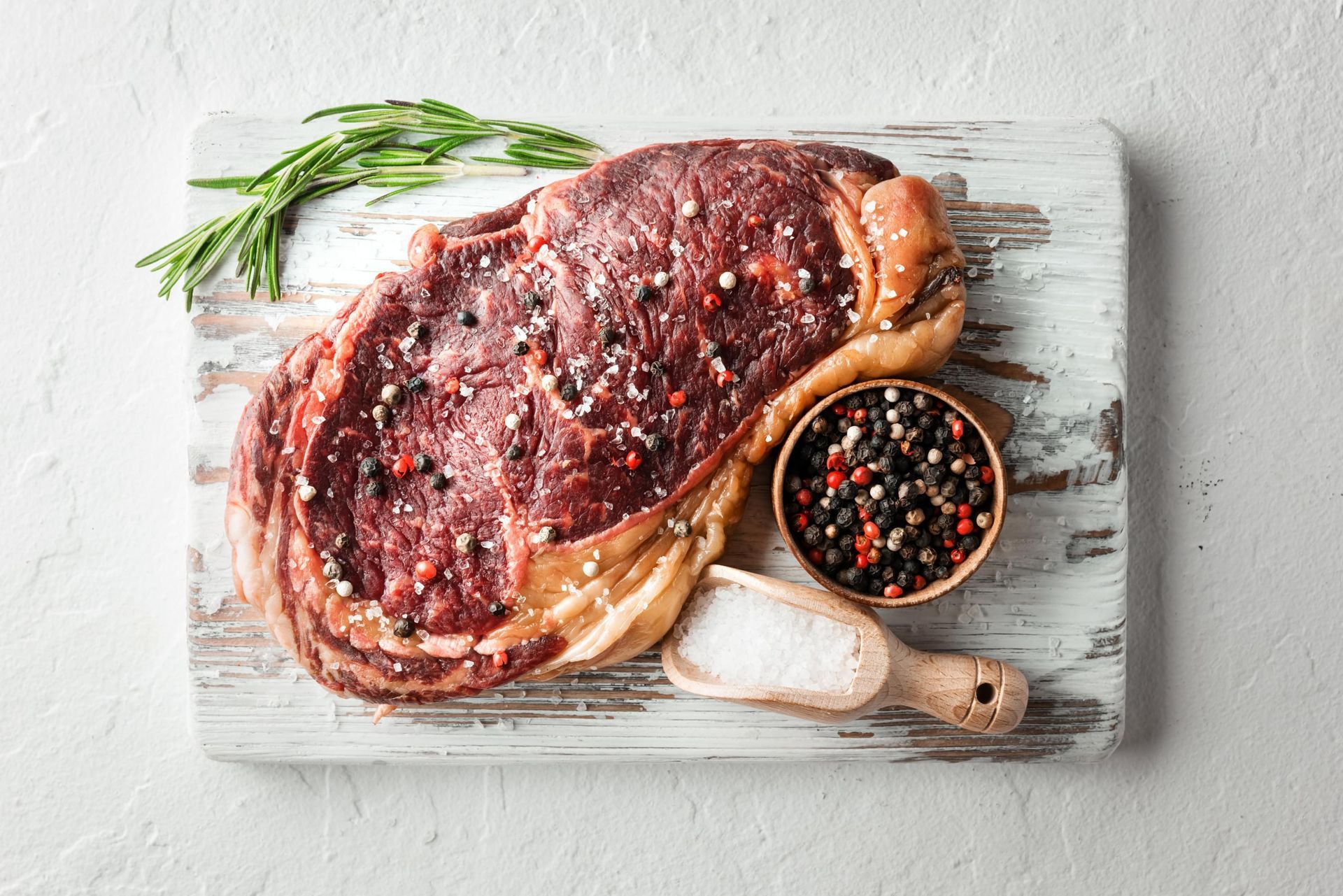Unveiling the Hidden Gems: How Weightlifting Elevates Mental Health and Self-Confidence
Unveiling the Hidden Gems: How Weightlifting Elevates Mental Health and Self-Confidence
In the bustling realm of fitness, where trends wax and wane with the seasons, one timeless pillar stands tall – weightlifting. Often lauded for its prowess in sculpting chiseled physiques and fostering physical strength, weightlifting extends its dominion far beyond mere muscular gains. Deep within the iron-laden chambers of the gym, lies a sanctuary where mental fortitude is forged, and self-assurance blooms. Let's delve into the profound benefits of weightlifting on mental health and self-confidence, uncovering the hidden gems within each rep and set.
Harnessing the Power of the Mind-Muscle Connection
Beyond the clanging of plates and the rhythmic breathing, weightlifting is an intricate dance between mind and body. Each lift demands unwavering focus, a mindfulness practice in its own right. As one navigates through the nuances of form and technique, they traverse the corridors of self-awareness, honing their ability to synchronize mind and muscle. This heightened sense of proprioception not only refines physical performance but also nurtures mental acuity, fostering resilience in the face of challenges both inside and outside the gym.
Anchoring in the Present: The Antidote to Stress
In an era inundated with perpetual distractions and looming deadlines, the weight room emerges as a sanctuary of solace. With each rep, individuals are beckoned into the present moment, shedding the burdens of past regrets and future anxieties. The rhythmic cadence of lifting weights becomes a meditative symphony, offering respite from the cacophony of daily life. This mindful immersion serves as a potent antidote to stress, cultivating a sense of inner calm that transcends the confines of the gym walls, empowering individuals to navigate life's challenges with newfound composure.

Forging Resilience Through Adversity
Within the crucible of weightlifting, adversity takes center stage – the weight too heavy, the muscles fatigued, the will tested. Yet, it is through these crucibles that resilience is forged. Each failed attempt becomes a lesson in perseverance, a testament to the indomitable spirit that resides within. As individuals push beyond their perceived limits, they shatter the confines of self-imposed barriers, ushering in a newfound sense of empowerment that permeates every facet of their lives. This resilience becomes a cornerstone upon which self-confidence is built, instilling an unshakeable belief in one's ability to overcome obstacles and thrive in the face of adversity.
Cultivating Self-Confidence: From the Gym Floor to Life's Arena
As muscles grow, so too does self-confidence. With each milestone achieved and every personal best shattered, individuals bear witness to the tangible fruits of their labor, fostering an unyielding belief in their capabilities. This metamorphosis transcends the physical realm, permeating one's psyche with an unwavering sense of self-assurance. Armed with the knowledge that they have conquered the weight of the world, individuals step boldly onto life's stage, ready to embrace challenges with newfound conviction and resilience.
In conclusion, the benefits of weightlifting extend far beyond the confines of physical transformation, weaving a tapestry of mental resilience and self-confidence with each rep and set. As individuals embark on their journey towards self-improvement, may they find solace in the iron-laden embrace of the weight room, where the mind is fortified, and the spirit emboldened.



